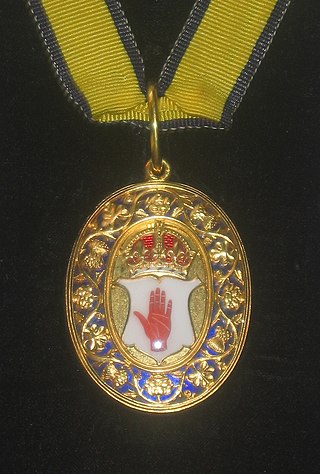There have been two baronetcies created for members of the Macdonald family , one in the Baronetage of Nova Scotia and one in the Baronetage of the United Kingdom. One creation is extant.
- Macdonald baronets of Sleat (1625), later Bosville Macdonald baronets
- Macdonald baronets of East Sheen (1813)


